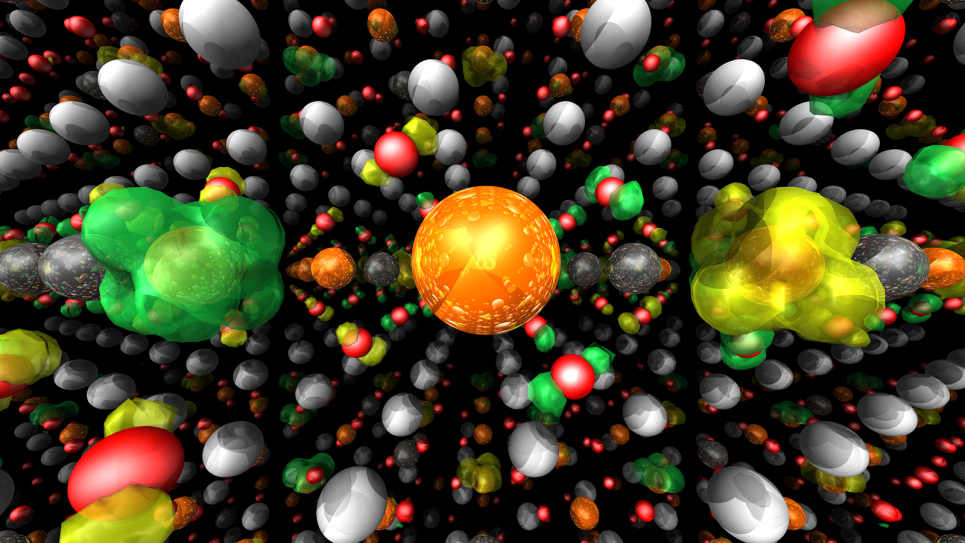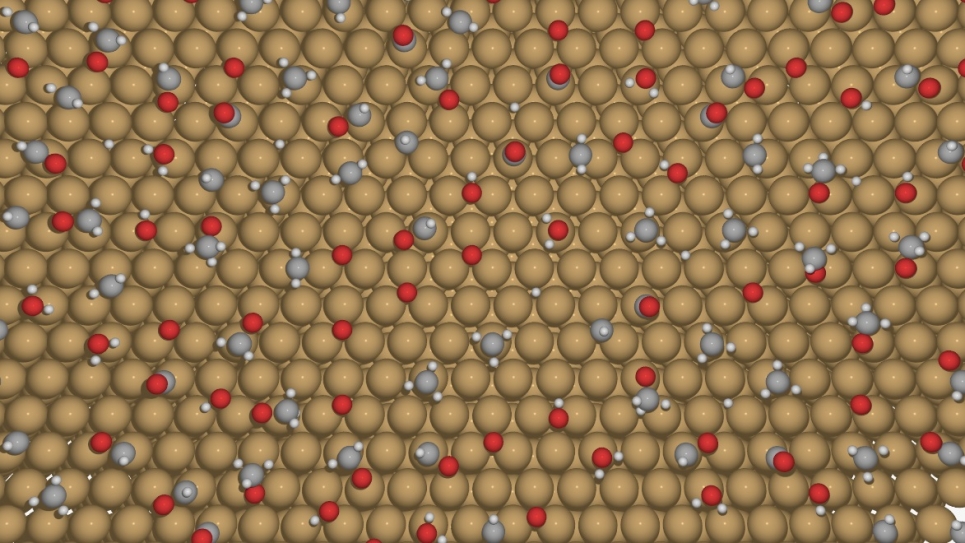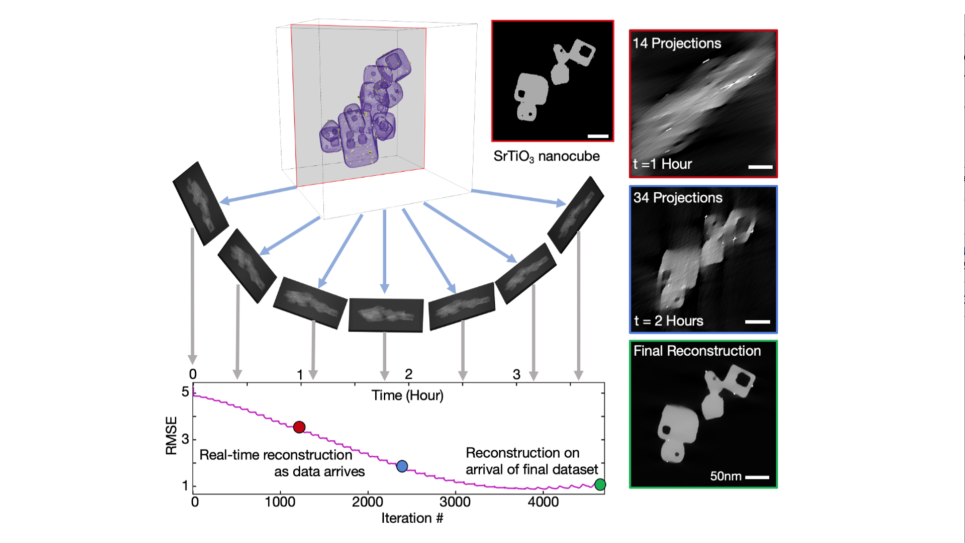
Staving Off Global Climate Change with CO2 Capture
INCITE researcher, William Lester, Jr., UC Berkeley, will use his 4 million core-hour award to study carbon sequestration that may further the development of clean energy systems.
Our amazing planet has the power to heal itself. Through the intricate flow of the carbon cycle, it maintains a delicate balance that is fundamental to life on Earth. These regulating mechanisms, however, are not without limits. Today, the amount of manmade carbon dioxide (CO2) and other greenhouse gases released into the atmosphere far outpaces the planet's normal ability to mitigate them. The United Nations Environment Program reports that energy-related CO2 emissions have skyrocketed globally from 200 million tons a year in 1850, to 29 billion tons a year today, with projections for a rise of another 54 percent by 2030. The resulting imbalance in the carbon cycle carries grave global climate repercussion, including the potentially catastrophic affects of global warming.
The situation gets heated
Gases in the Earth’s atmosphere trap heat and cause the planet’s temperatures to rise. Given the amount and speed at which carbon dioxide and other gases are being released today, some studies suggest that the Earth’s average temperature could rise by between 2.5 and 10 degrees Fahrenheit by 2100, putting global temperatures at their highest levels in thousands of years. Left unchecked, global climate models predict this global warming will have devastating affects on the planet, including:
- Floods caused by a rise in sea level (as much as three feet across the globe) in areas populated by millions
- Devastating droughts in our farmlands
- Storms (including hurricanes) of increasing intensity and frequency
- Extinction of animal and plant species unable to adjust to habitat changes brought about by global warming
The imperative to reduce and remove CO2 is clear. In response, the Energy Department is arming top scientists with the resources of leadership-class supercomputing facilities, like those found at the Argonne Leadership Computing Facility (ALCF). Here, scientists from around the globe have access to the compute power of Intrepid, a 557-teraflop IBM Blue Gene/P supercomputer to aid in their search for transformative science and technology solutions to today’s pressing global issues.
One such team of researchers, led by William Lester, Jr., UC Berkeley, is focusing on new ways to capture (or “sequester”) CO2 to prevent or defer the climate changes it causes. Central to their work is a special class of solvent—called ionic liquids (ILs)—that show promising abilities to sequester CO2.
While scientists have known about ILs for the last hundred years, their use as novel solvent systems has only been investigated since the 1980s. Ionic liquids offer many promising advantages over other solvents: ILs are effective solvents for a broad array of materials, they are stable and inert, can exhibit acidic or basic properties, and can act as catalysts in certain systems. Ionic liquids are also relatively inexpensive, easy to prepare and offer a large working temperature range. Dubbed “designer solvents,” the versatility of ionic liquids makes them useful for a range of conditions and functionality in ionic liquid-based processes, like CO2 sequestration.
As research into ILs is relatively new, scientists must first understand exactly how CO2 interacts with these solvents. Lester and his team will use complex and highly accurate Quantum Monte Carlo (QMC) computer algorithms to simulate IL/CO2 interaction at the molecular level. Scientists believe that, together, the unique characteristics of the Blue Gene/P supercomputer coupled with the QMC algorithms will provide them with a comprehensive picture of these interactions that is chemically accurate. “We are excited about the potential to answer a fundamental question involving a major greenhouse gas through research made possible by the significant computational resources that we have been awarded," said Professor Lester. This research could spur the development of a comprehensive model of CO2 absorption. Through their efforts, Lester’s team is building a solid framework of computational results for use by researchers around the world with the common goal of clean energy systems to combat global climate change.


